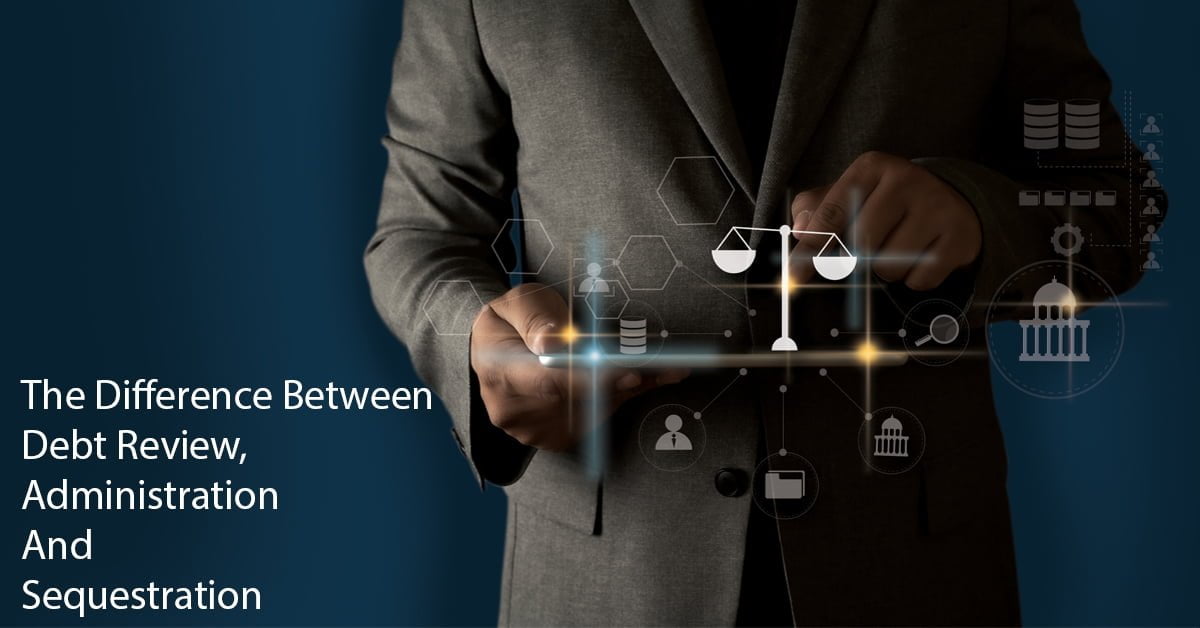


To start off with, there is a vast difference between debt review, administration and sequestration. Although all three are legal processes that are made an order of the court, there are key factors that set the actual processes apart.
Many people think that administration and debt review are similar, or even one and the same – but these are entirely different procedures altogether. Before we get into what debt counselling through debt review offers, let’s look at what administration is all about.
Sequestration is a more extreme and permanent form of debt rehabilitation. It is rarely considered, unless under extenuating circumstances. It is also usually more an option to clients who fall in the very high-income bracket. This is due to the nature of the requirements. Let’s take a look at what sequestration entails. If your debts exceed your ability to repay it in a satisfactory manner - sequestration is an option.
Debt review is the most flexible way to apply for debt consolidation. You will not have to wait a decade to have your name cleared (or pay extortionate fees in the process). The entire process is regulated by the NCR (National Credit Regulator). Let look at why most people opt for debt counselling through debt review as the most effective and fastest way to consolidate their debt.
Now that you’ve read a comprehensive comparison of the three main ways to settle your debts, you’ll see why opting for debt review is the best way to free yourself from financial hardship and over-indebtedness. Contact Sandton Debt Counselling for an obligation-free assessment. We’re ready to assist you on your journey to financial freedom!